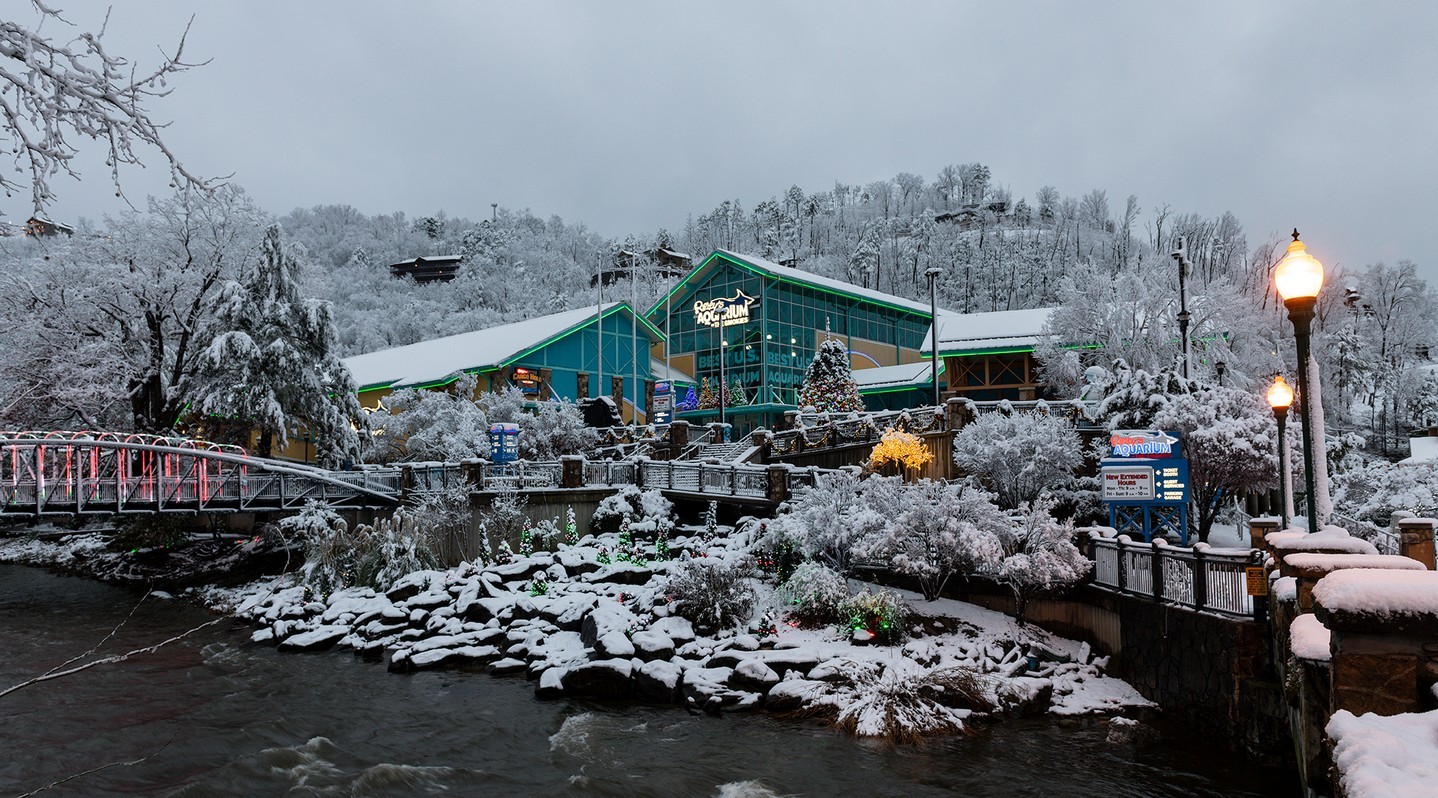- The ecological and biological significance of winter habitats for wildlife
- Behavioral adaptations of animals for survival during winter
- Impact of climate change on winter habitats and wildlife
- Conservation efforts for wildlife in winter landscapes
- The role of zoos and wildlife sanctuaries in supporting cold-weather species
Venturing into a winter wonderland can be a captivating experience, not just for humans but for the myriad of wildlife species that inhabit these frigid landscapes. Understanding the ecological and biological importance of these environments is crucial for appreciating the complex dynamics they present. Winter habitats serve as more than just a backdrop of serene snowy scenes—these ecosystems are vibrant and teeming with life, each species contributing to the balance within these cold climates.
Winter habitats provide essential resources that support various life forms. Snow acts as an insulator, trapping warmth from the ground, creating a subnivean zone that provides refuge for smaller mammals and insects. This area, just under the snow’s surface, becomes a haven from the unforgiving temperatures above. It also serves as a critical hiding ground from predators. Additionally, the quiet blanket of snow can make it easier for predators to detect prey through sounds or smells, thus ensuring ecological interactions remain active even in cold times.
The biology of these ecosystems is intertwined with the nutrient cycles aided by winter’s freeze and thaw processes. This cycle plays a vital role in the decomposition and deposition of organic matter, which will nourish and revive plant life upon the awakening of spring. Such ecological interactions underscore the delicate balance maintained in these regions, highlighting their significance beyond the scope of cold survival.
Behavioral adaptations are crucial for animals enduring the harsh conditions of winter. Each species has evolved specific survival strategies to tackle the extremities of cold habitats. Many animals have developed insulating features, such as thicker fur or extra layers of fat, while others rely on behavioral changes like hibernation and migration.
Hibernation is an adaptation employed by several mammals; it involves entering a state of reduced metabolic activity to conserve energy resources when food is scarce. Bears, groundhogs, and bats exemplify this survival tactic. On the other hand, avian species often resort to migration, escaping the harsh winter conditions moving towards milder climates to maintain access to food and resources. These behaviors are interdependent, reflecting an innate drive to adapt that has evolved over millennia—a testament to the resilience and versatility of life in these environments.
As global temperatures rise due to climate change, these winter habitats are experiencing profound alterations. The impact of diminishing snow cover and escalating average temperatures disrupts the natural processes that frontier cold ecosystems. Species relying on seasonal changes to prompt biological functions like hibernation or reproduction face uncertain futures. For instance, changes in snow thickness can affect the subnivean environment, leaving small mammals and insects vulnerable to predation and cold.
Furthermore, alterations in migration patterns are observed as some bird species might not migrate as far due to changing temperatures, potentially leading to an imbalance in local ecosystems. The broad implications of these changes necessitate a critical view of how continued climate change will shape the natural world and its splendors.
Addressing these threats requires focused conservation initiatives to protect these biodiversity hotspots. Political and scientific collaboration at both local and international levels becomes essential in creating effective conservation policies that safeguard winter wildlife. Protected areas with controlled human activities can offer refuge to vunerable species. Winter habitats within national parks play this crucial role, reducing human disturbances and preserving crucial ecological interactions.
Elsewhere, wildlife corridors connecting fragmented habitats help maintain genetic diversity among species. Conservationists work to restore these connections across landscapes, pushing for land protection and minimizing human encroachment. Alongside habitat protection, public education campaigns on the impacts of climate change can foster awareness and support for conservation efforts from broader society.
Zoos and wildlife sanctuaries emerge as key players in conserving cold-weather species amidst these pressing challenges. Zoos provide critical opportunities for research, breeding programs, and public education that support species survival. Facilities equipped with simulated environments can house displaced or at-risk wildlife, maintaining populations that would otherwise struggle in the wild.
Zoos also take part in global breeding programs, managing genetic diversity and ensuring the continuity of species facing diminishing wild populations. Initiatives like breeding wolverines or snow leopards in captivity align with the broader goals of wildlife conservation, offering insights into their biology and behavior that are not feasible in their natural settings. Moreover, these institutions emphasize raising awareness about the symbiotic relationship between humans and the natural world, sparking the interest necessary to support vital conservation legislation.
The multifaceted implications of preserving winter habitats highlight the ongoing need for dedicated conservation strategies. While these frosty landscapes may seem inhospitable, they are, in fact, a critical cog in the planet’s ecologically interconnected machine. Wildlife, with their remarkable adaptations, harmonize with the seasons, providing invaluable lessons on resilience, interdependence, and the tireless drive to survive. By nurturing and protecting these winter environments, we not only preserve wildlife but also embrace our role as stewards of our planet’s natural wonders.
*****
Source Description
Wading through a winter wonderland! 🫧
•
•
•


